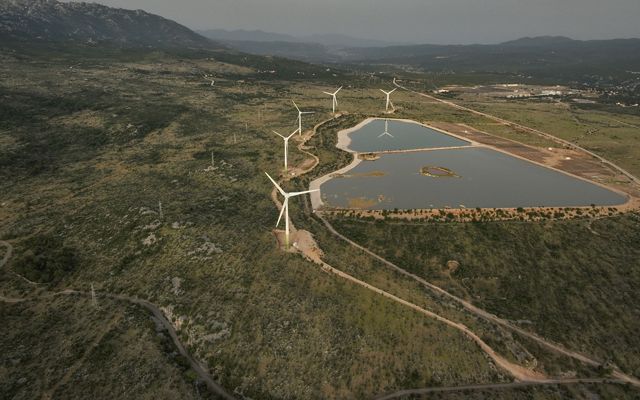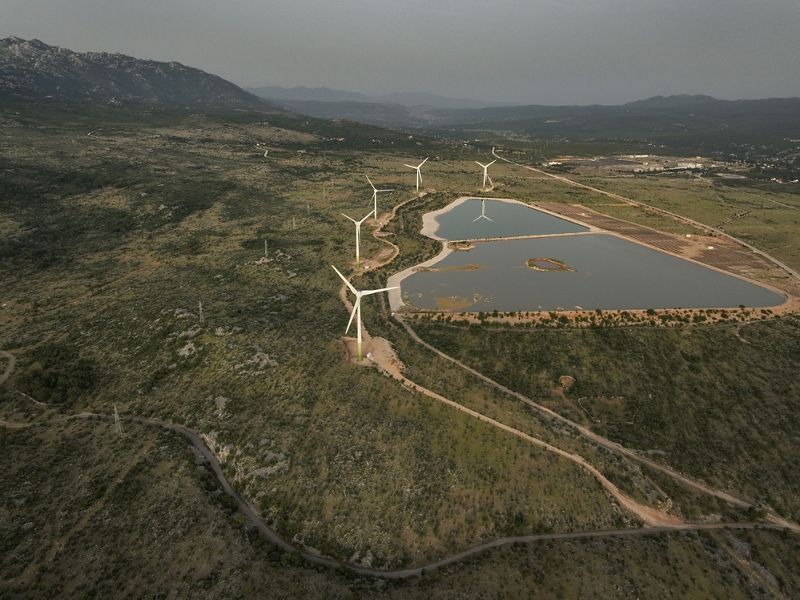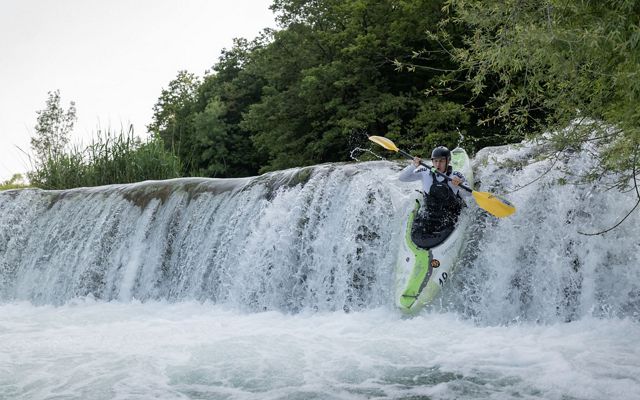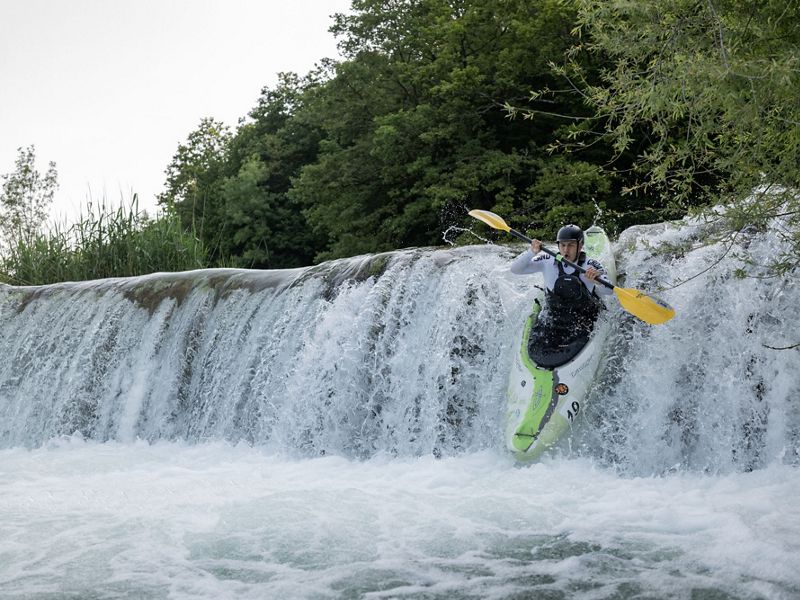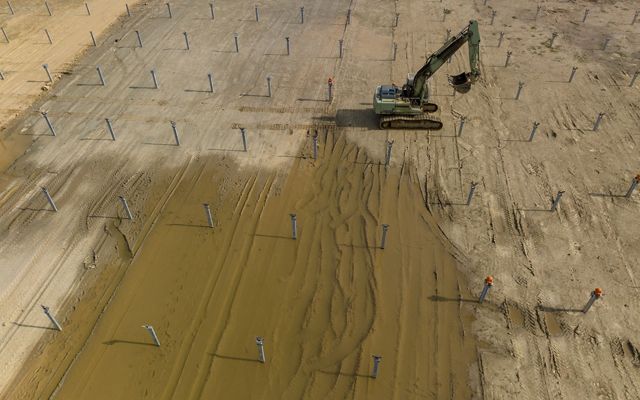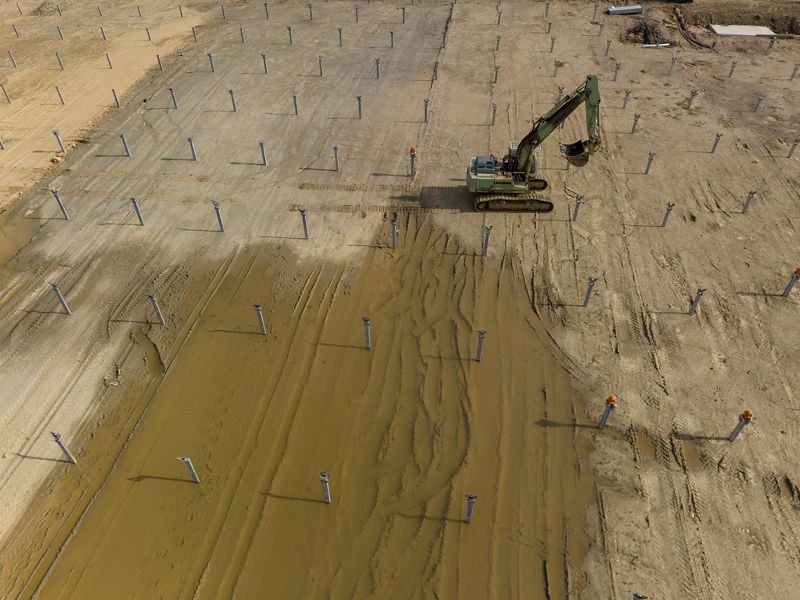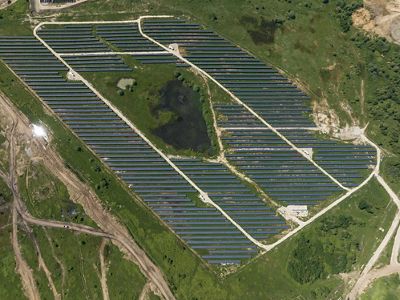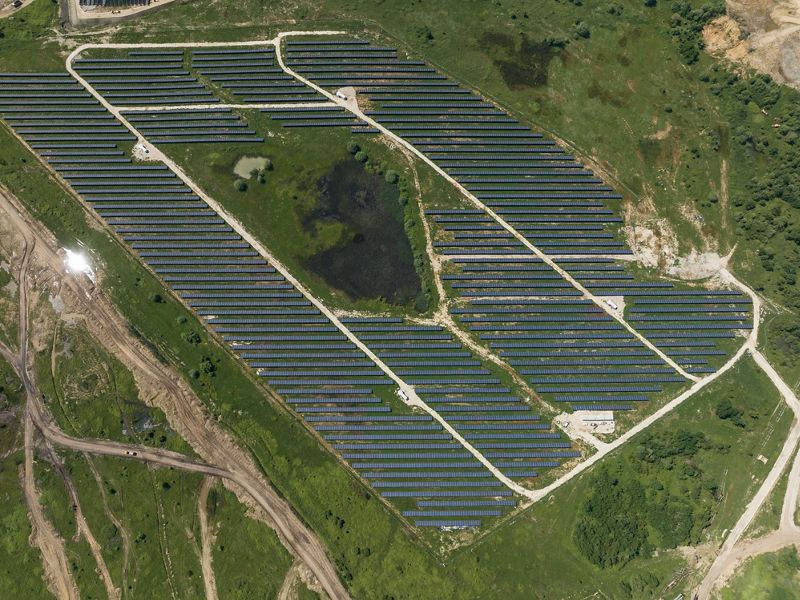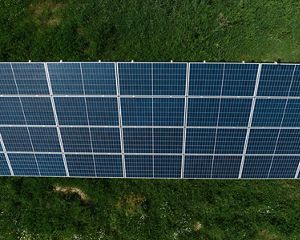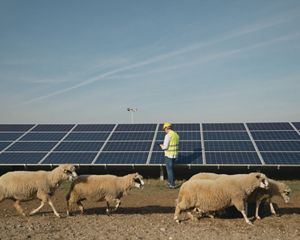Accelerating Renewable Energy in Southeast Europe
As Europe races forward to lead a renewable energy transition, the hilly wild landscapes of the Western Balkans are a proving ground.
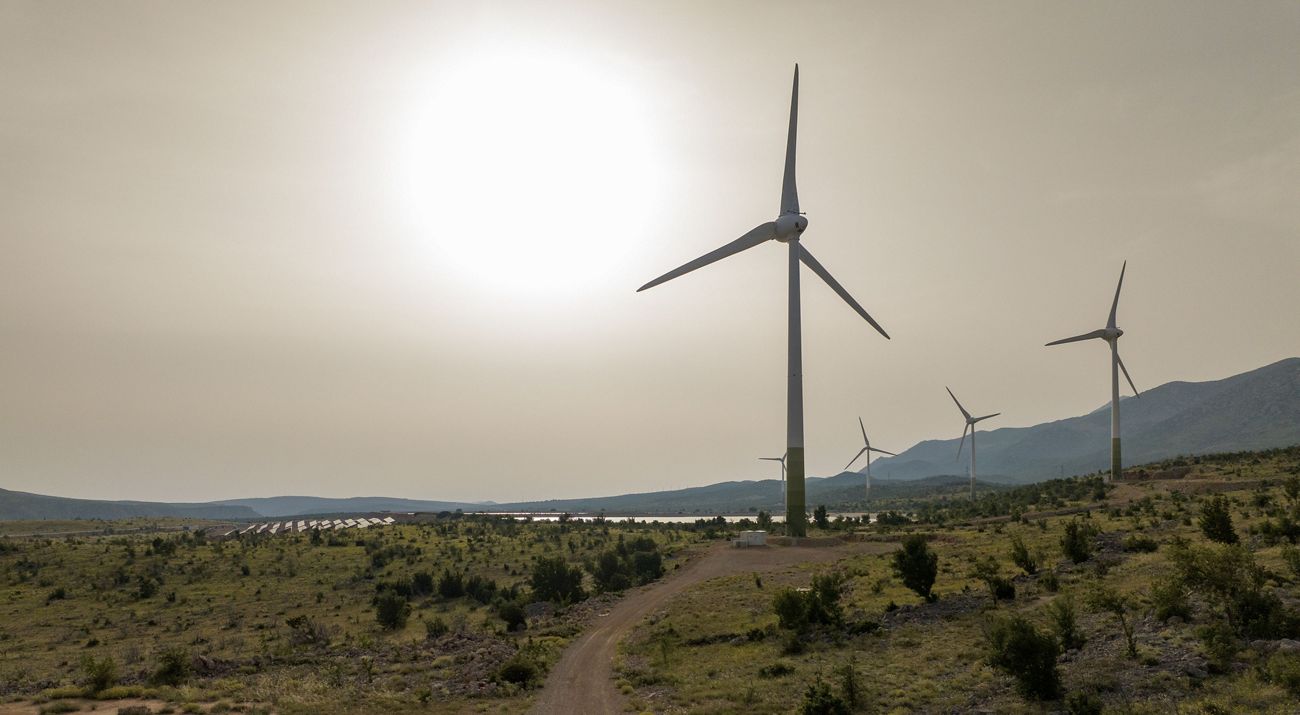
In the global effort to reduce emissions, Europe is racing to develop renewable energy. The pace of development has been high. The war in Ukraine, complete with an effort to reduce dependence on Russian gas, has only increased the demand for renewable projects.
Those solar panels and wind turbines need to go somewhere. The pace has led to conflicts from the impact on ecosystems, cultural heritage and people’s quality of life.
Can we develop renewable energy in Europe and also preserve nature? That’s the question The Nature Conservancy (TNC) and energy researchers and community leaders have worked to determine.
Siting a Renewable Energy Future
To go fast, go smart
The answer is a resounding yes—if we invest in careful planning and take steps to site renewable energy projects where they will least affect wildlife and communities.
By siting solar panels and wind turbines in the right places, countries can plug clean energy into the grid faster with shorter permitting processes, lower costs and increased community support.
Green Up Your Inbox.
Get our latest research and insights about climate and biodiversity challenges.
Receive our newsletterTo go fast, go smart; the lesson dates back at least as far as Aesop’s fable The Tortoise and the Hare. The very region where Aesop first recorded the tale—the Western Balkans of Southeast Europe—is today a critical proving ground for the lesson of speed through smarts.
There are many paths the Western Balkans can take in their transition from heavy dependence on coal to cleaner energy sources.
Dragana Mileusnić, born and raised in Serbia, sees what’s at stake. “There are wild rivers and forests that have survived to a much greater extent than anywhere else in Europe,” says Mileusnić, who leads TNC’s programs in Southeast Europe.

Proof in the wind
Smart renewable siting made sense on paper; now it was time for a test case with a real place. The answer was in the wind. Croatia’s Zadar county is not only one of the windiest places in Europe, it’s one of the most wild, home to species like golden eagles and Eurasian lynx.
Wild, but uncharted? Far from it. TNC collaborated with the Energy Institute Hrvoje Požar to map Zadar county with 22 individual datasets, including bear habitat, bat colonies, valuable cropland and easy access to the power grid.
Next came intensive stakeholder engagement to identify places based on sensitivities and community values. The result? Renewable energy in just this one county could meet over half of Croatia’s national target for wind and solar power—without developing protected areas or areas identified by communities as sensitive.
To further protect biodiversity and support the low-carbon transition, TNC partnered with Croatia's Ministry of Economy and Sustainable Development to assess renewable energy's impact on sensitive wildlife species. This study offers best practices for other European countries implementing new policies like the EU Renewable Energy Directive and Renewable Acceleration Areas.
Ideal sites across the Western Balkans
The findings in Croatia are helping accelerate smart renewable siting elsewhere in the Western Balkans. There are other important factors to weigh beyond energy potential and investor support, explains Igor Vejnović, TNC’s Southeast Europe Director for Strategic Initiatives. TNC’s vision also carefully considers “social interests like agriculture and tourism, because this energy development cannot happen in a vacuum,” says Vejnović.
In Serbia, TNC conducted a spatial analysis to identify 100 locations that could responsibly develop enough solar energy to power 10% of the nation’s homes while cutting annual carbon emissions by 1 million tons. TNC is organizing roundtables with stakeholders in the country and gaining feedback from local authorities and experts across agriculture, tourism and conservation.
In neighboring Montenegro, TNC has conducted a similar pilot study to the one in Zadar County—this time in the municipality of Nikšić, where the team has demonstrated that the area's low-conflict solar and wind potential could easily replace the country's biggest coal plant (see the full study findings in English and Montenegrin, and interactive maps here). Like in Croatia, a nationwide study is now underway to unlock even more renewable potential for the region.
In North Macedonia, the energy transition is happening very literally across old coal mines. By siting renewable projects on degraded land that’s already been used, we can avoid converting or altering existing intact natural habitats.
In Oslomej, what was once a massive open pit lignite mining site is, panel by panel, becoming the clean future the world desperately needs. With partner Eko-svest, we have developed a set of principles to extend our analysis to other types of degraded land including industrial brownfields and barren land.
“North Macedonia can be a success story, because on the site of the old mine of the thermal power plant, Oslomej, now solar power plants are being built," says Ana Colovic Lesoska, Executive Direcotr of Eko-svest. "This is a source for new jobs and a clear indicator that the energy transition is possible.”
Our research shows that North Macedonia has twice the amount of land necessary to power the country on renewables while still minimizing adverse effects on nature and communities.
As these partnerships gain momentum in smart siting in Southeast Europe, TNC’s sights are on making a difference beyond the Western Balkans. To that end, TNC is bringing its smart siting expertise to a collaboration with the Energy Community, the institution creating integrated energy markets across Europe.
Lessons for the continent
There is more than enough suitable land to meet the EU’s renewable goals or even more ambitious targets. By factoring in environmental and socio-cultural sensitivities at the outset will accelerate Europe’s transition to climate neutrality, ensuring that both biodiversity and renewable goals are met.
This acceleration need not rely on fables of tortoises and hares to achieve behavior change. TNC science can help breathe life into critical legislative processes such as the establishment of Renewable Acceleration Areas. Through our partnership with the Energy Community, TNC has developed a practical blueprint to help guide countries across the region who are in the process of designating these areas.
Dragana Mileusnić is witnessing that governments, developers, and NGOs are looking to our studies as blueprints for how to define Renewable Acceleration Areas. "Everyone seems to be aware that, as we like to say, we all need to go smart to go fast."
The Global Insights Newsletter
Get our timely takes on some of the biggest challenges facing people and the planet.

